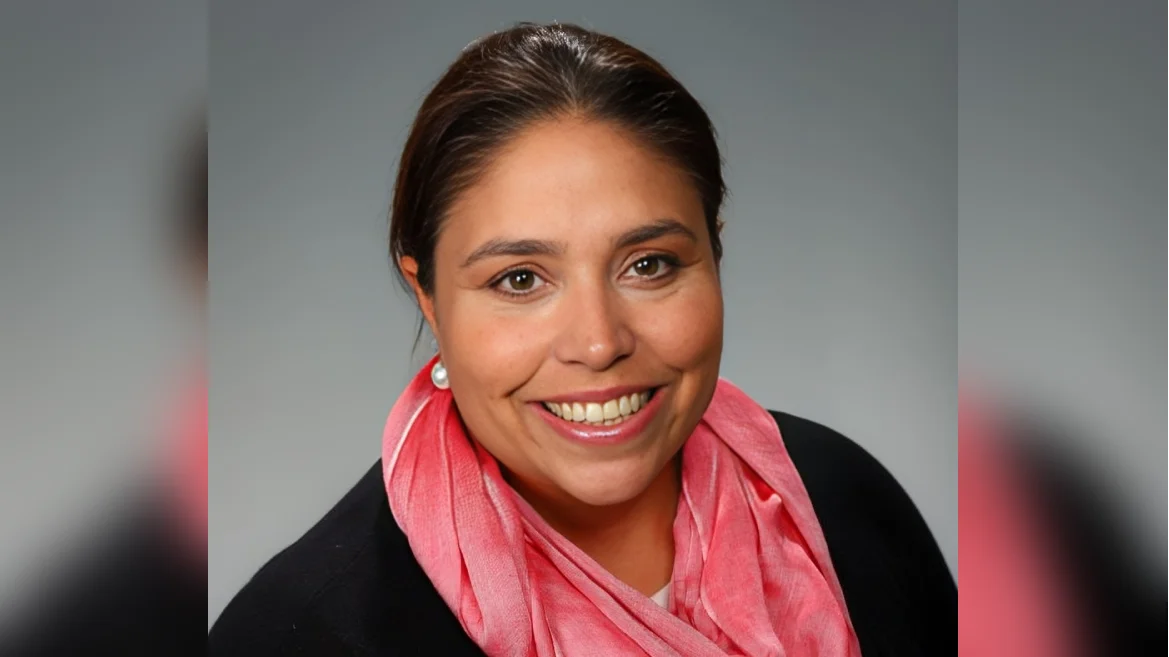
New Jersey Governor Phil Murphy has signed a new law redesigning primary ballots, effectively ending the longstanding county line system. This change marks a significant shift in New Jersey's electoral process, which previously allowed party bosses to exert considerable influence over elections.
The county line system permitted political parties in 19 of the state's 21 counties to design primary ballots based on party endorsements. Candidates backed by the party were grouped together, while those without endorsements were often placed awkwardly or obscurely on the ballot. This arrangement could make or break campaigns, as getting "the line" was crucial for candidates.
With Murphy's signature, New Jersey will now adopt office block ballots similar to those used in other states. The new system prohibits separating candidates running for the same office.
Research has shown that "the line" significantly impacted voter behavior, with changes more pronounced than those caused by voter ID laws or early voting cutbacks. Last year, U.S. District Court Judge Zahid Quraishi ruled against using the line system following a lawsuit filed by then-Rep. Andy Kim during his Senate run against Tammy Murphy. The ruling was upheld on appeal, leading county clerks to adopt office block designs.
Kim's lawsuit highlighted how much "the line" affected voters and challenged its legality based on evidence presented during court proceedings. Critics have long argued that the system gave local parties excessive control over election outcomes and candidate selection.
Former state Sen. Ray Lesniak noted that local parties had significant influence over who got elected due to their ability to shape ballot design. Attorney Brett Pugach argued that although lawmakers initially aimed to reduce party power through direct primaries and banning endorsements, subsequent legal developments inadvertently reinforced it.
The signing of this bill represents a return to an electoral process intended to empower voters rather than political machines—a move reminiscent of reforms initiated by former Governor Woodrow Wilson in 1911.